In a significant shift, Huawei Technologies Co. has announced its plan to completely remove Google’s open-source Android operating system from its smartphones and tablets starting next year. This move marks a critical step in the Chinese tech giant’s ambitious strategy to break free from US technology and establish its own independent ecosystem. The company will be transitioning its devices to HarmonyOS Next, a fully indigenous operating system that removes all remnants of Android. This bold move comes after years of US sanctions that have severely hampered Huawei’s access to essential technologies.
This transition will be spearheaded by the launch of Huawei’s new flagship phone, the Mate 70, which will be the first device to feature HarmonyOS Next. This is not entirely new territory for Huawei, as they have been developing and refining HarmonyOS for some time now. However, this marks a definitive break from Android and a full embrace of their own technology. This decision has sent ripples throughout the tech world, with many speculating about the implications for both Huawei and the global tech landscape. Will this be a successful move towards technological sovereignty, or will it isolate Huawei from the global market?
The Driving Force Behind the Shift
To understand this drastic move, we need to look at the context of the US sanctions imposed on Huawei. These sanctions have significantly limited Huawei’s ability to source crucial components, including advanced chips, and have cut off access to essential Google services like the Google Play Store. This has forced Huawei to innovate and seek alternative solutions to maintain its position in the competitive tech market.
- Years of US Sanctions: The ongoing trade restrictions have pushed Huawei to accelerate its efforts in developing its own operating system and reducing its reliance on US technologies.
- Technological Independence: By transitioning to HarmonyOS, Huawei aims to achieve greater control over its software ecosystem and reduce its vulnerability to external pressures.
- Expanding its Ecosystem: Huawei sees this as an opportunity to create a fully integrated ecosystem of devices and services, all powered by HarmonyOS.
HarmonyOS: A New Dawn for Huawei?
HarmonyOS is Huawei’s proprietary operating system, designed to be compatible with a wide range of devices, from smartphones and tablets to smartwatches and IoT devices. It boasts features like enhanced security, improved performance, and seamless cross-device integration.
- A Distributed Operating System: HarmonyOS is designed to seamlessly connect and integrate various devices, creating a unified user experience.
- Enhanced Security and Privacy: Huawei emphasizes the robust security features of HarmonyOS, aiming to provide users with greater control over their data and privacy.
- Performance Optimization: HarmonyOS is built to optimize performance across different devices, ensuring a smooth and efficient user experience.
Challenges and Opportunities
While this move presents a significant opportunity for Huawei to establish itself as a technological powerhouse, it also comes with its fair share of challenges.
- App Ecosystem: One of the biggest challenges for Huawei is to build a thriving app ecosystem for HarmonyOS that can rival the vast offerings of the Google Play Store.
- Global Acceptance: Gaining widespread acceptance of HarmonyOS outside of China will be crucial for Huawei’s global ambitions.
- Competition: Huawei faces stiff competition from established players like Apple and Samsung, who dominate the global smartphone market.
However, this transition also presents exciting opportunities for Huawei:
- Innovation and Differentiation: By developing its own operating system, Huawei has the freedom to innovate and differentiate its products from the competition.
- New Markets: HarmonyOS could open doors to new markets and partnerships, particularly in regions where Android’s dominance is less pronounced.
- Strengthening its Brand: This bold move could strengthen Huawei’s brand image as a technology innovator and leader.
My Perspective
Having followed Huawei’s journey closely, I find this move both courageous and necessary. In a world increasingly reliant on technology, it is crucial for nations and companies to have control over their technological destiny. Huawei’s decision to embrace HarmonyOS is a testament to its resilience and determination to overcome challenges and forge its own path. While the road ahead may be challenging, I believe this strategic move has the potential to redefine Huawei’s future and reshape the global tech landscape.
The Future of Huawei and HarmonyOS
The success of this transition will depend on several factors, including the performance and user experience of HarmonyOS, the growth of its app ecosystem, and its acceptance in the global market. Huawei has invested heavily in research and development, and they are confident that HarmonyOS will deliver a superior user experience.
- Focus on Developers: Attracting developers to create apps for HarmonyOS will be crucial for its success. Huawei has been actively courting developers and providing incentives to encourage app development for its platform.
- Global Expansion: Huawei is actively promoting HarmonyOS in various markets around the world, seeking to expand its reach and build a global user base.
- Continuous Improvement: Huawei is committed to continuously improving and evolving HarmonyOS, adding new features and functionalities to meet the evolving needs of users.
This transition is not just about replacing Android; it’s about creating a new paradigm in the tech world, one where companies like Huawei can challenge the status quo and build their own technological foundations. It’s a bold move that could have far-reaching implications for the future of technology.
Huawei’s decision to drop Android and embrace HarmonyOS is a pivotal moment in its history. It reflects the company’s ambition to achieve technological independence and its determination to overcome adversity. While challenges lie ahead, this strategic move has the potential to reshape the tech landscape and position Huawei as a global technology leader. Only time will tell how this bold move will play out, but one thing is certain: Huawei is determined to chart its own course in the ever-evolving world of technology.

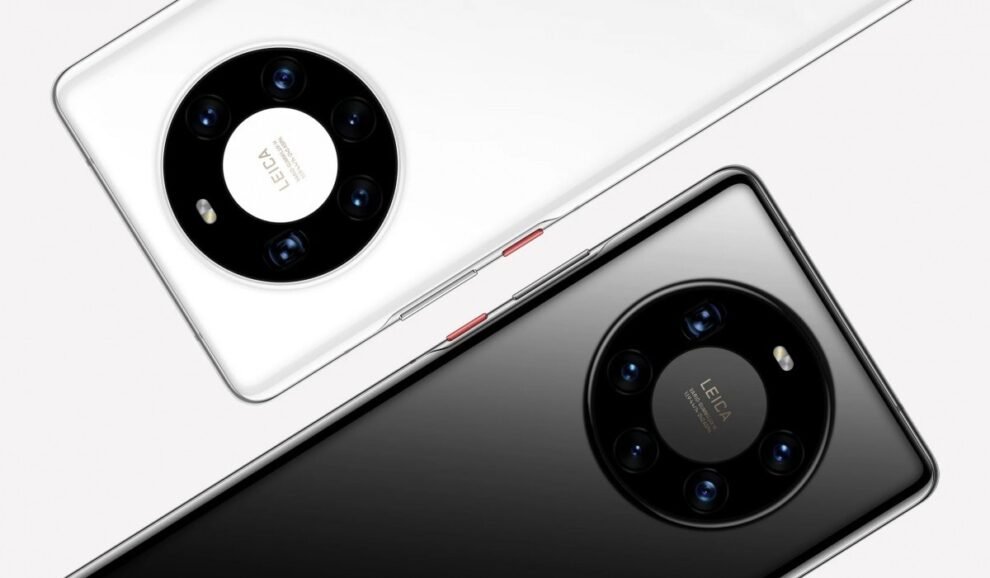
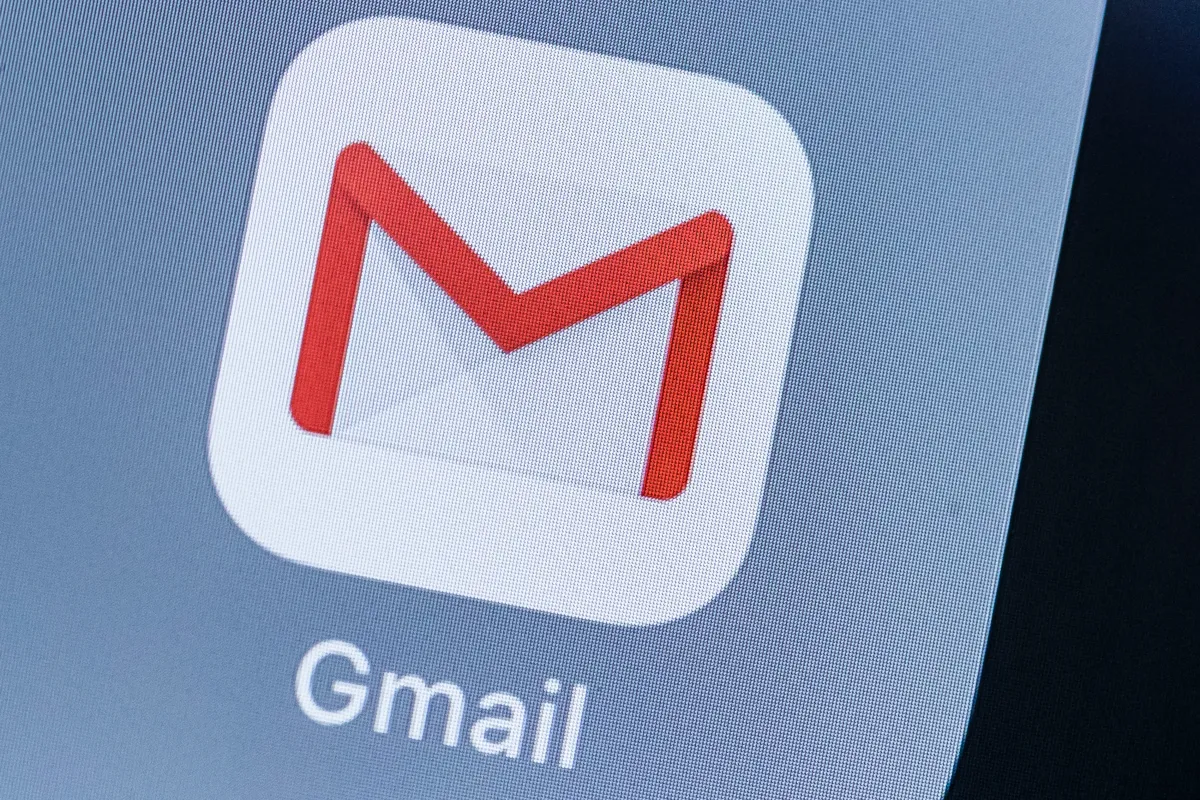

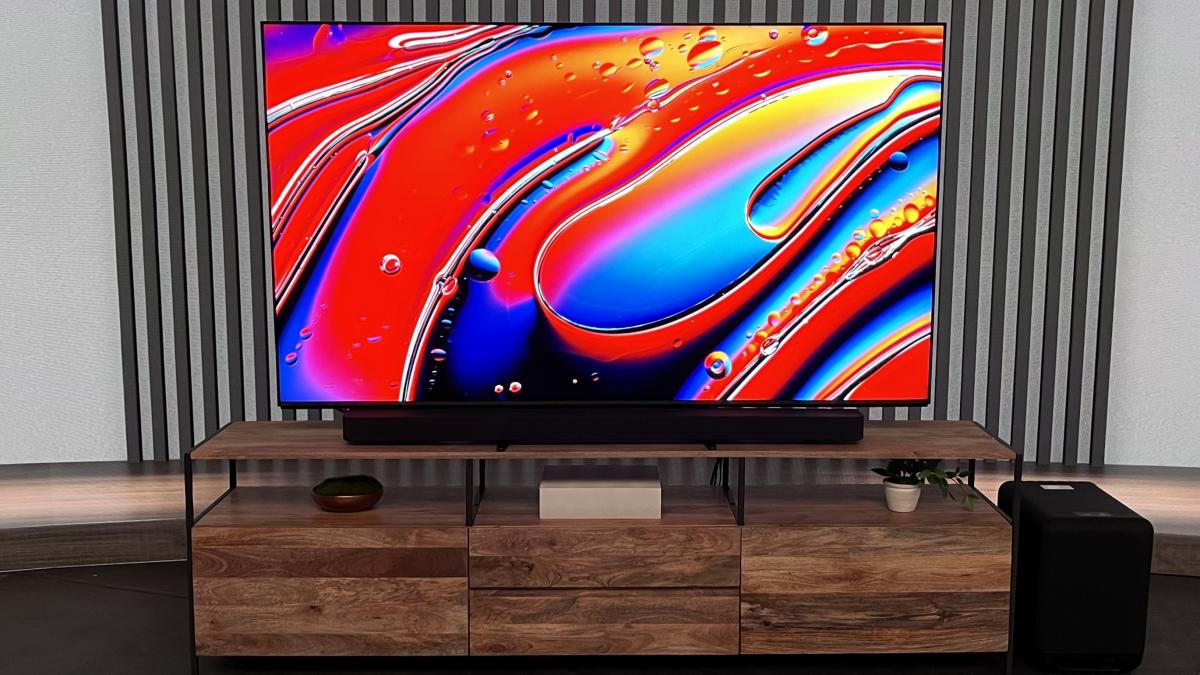
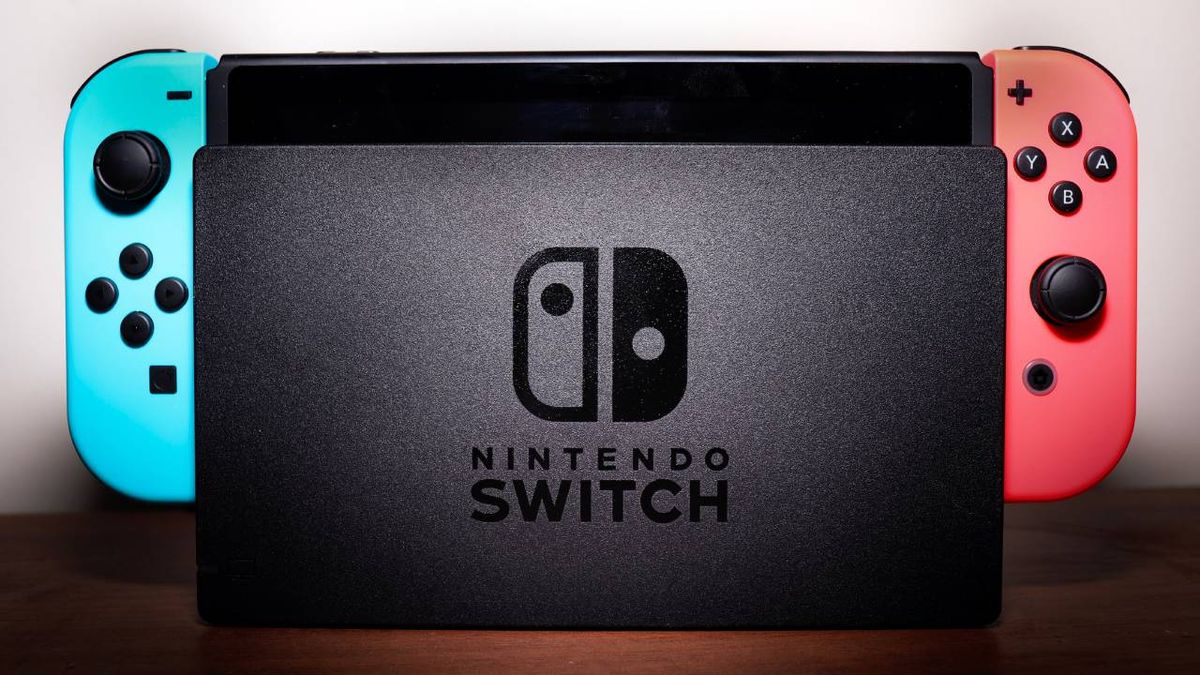
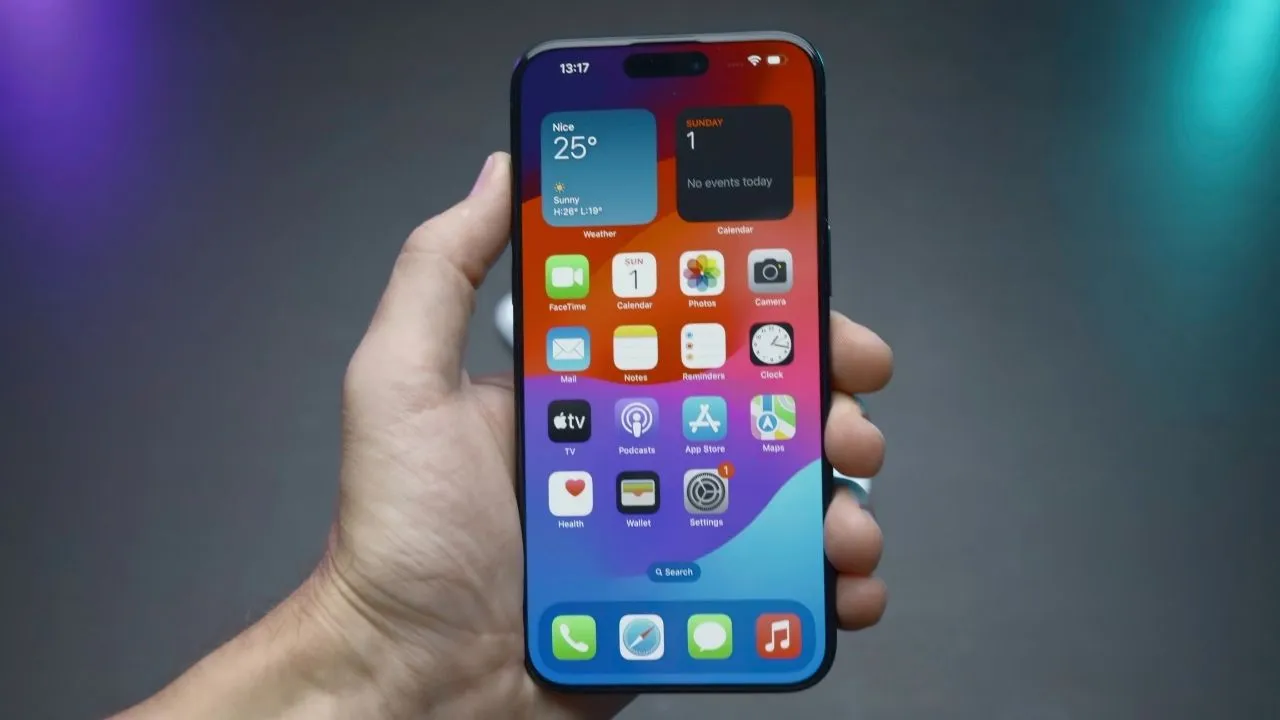
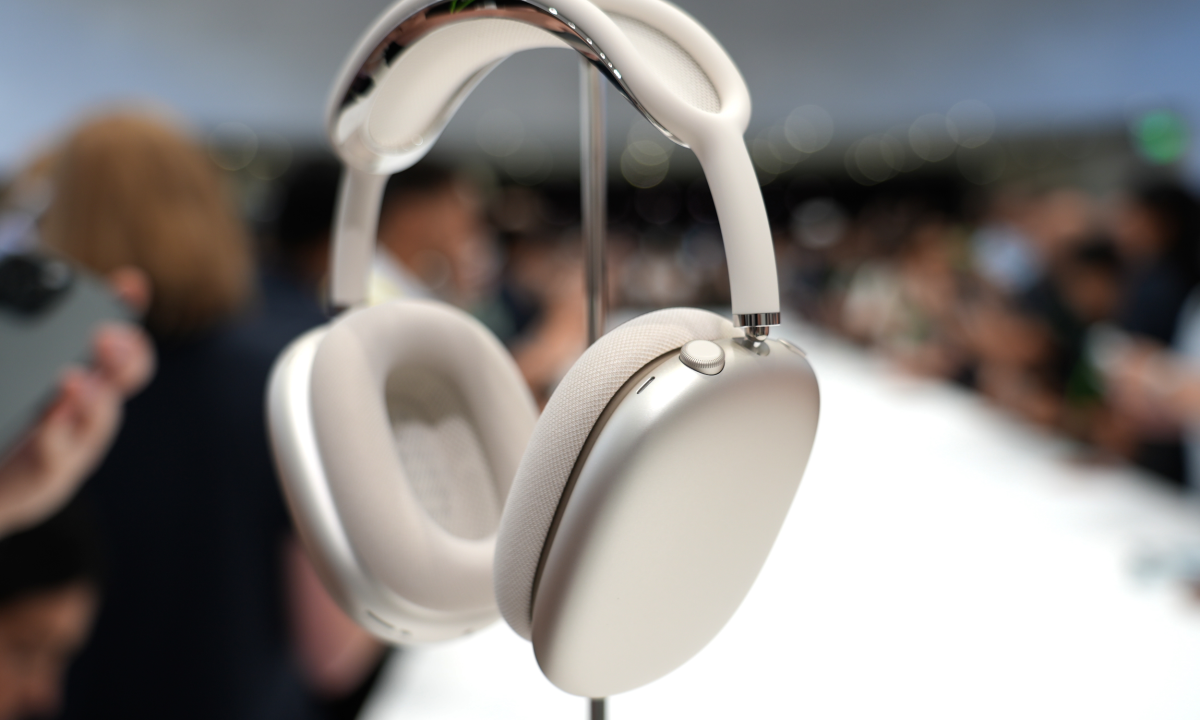
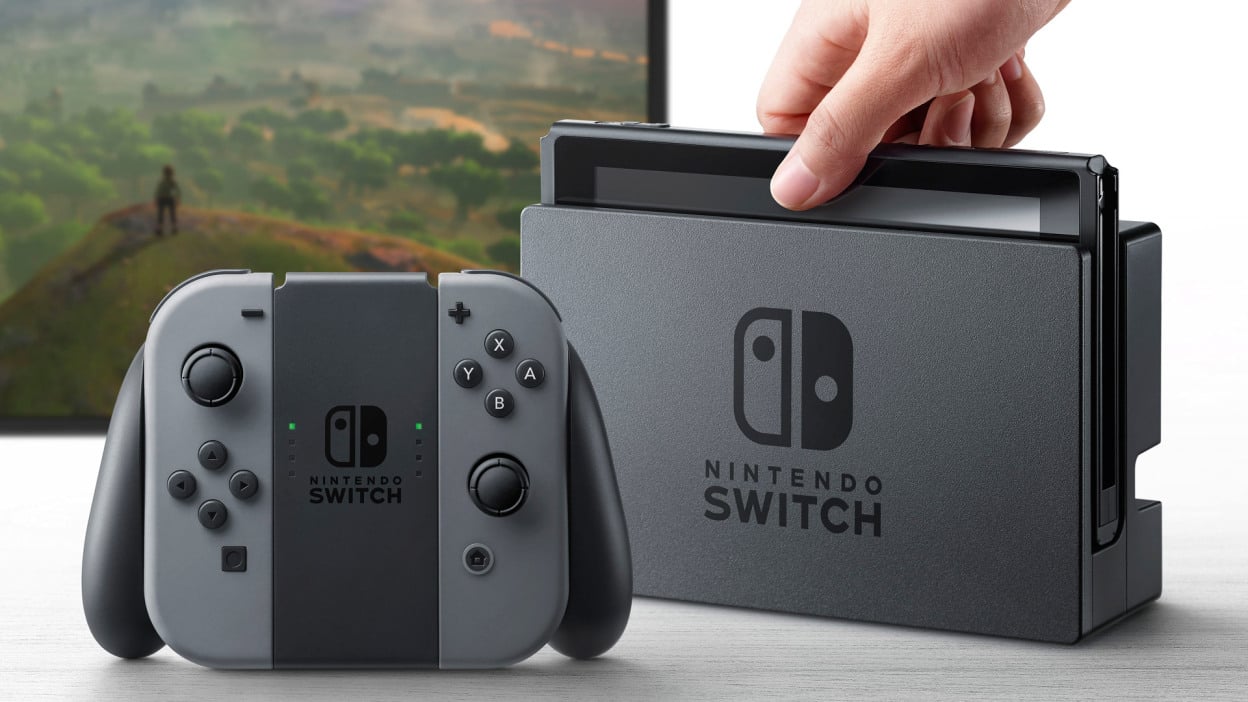
Add Comment